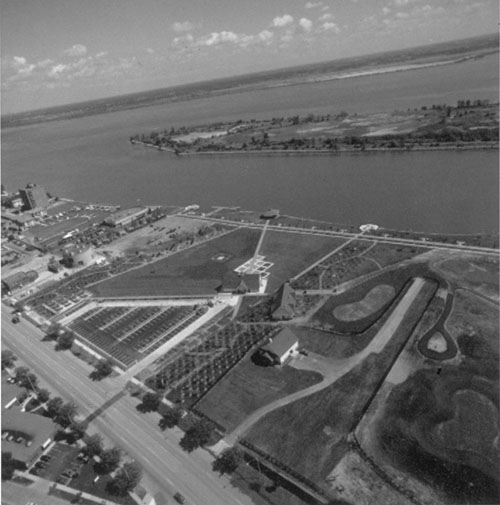|
Notice
A National Network for Environmental Management
Studies grantee under a fellowship prepared this document for the U.S.
Environmental Protection Agency. This report was not subject to EPA peer review
or technical review. The U.S. EPA makes no warranties, expressed or implied,
including without limitation, warranty for completeness, accuracy, or
usefulness of the information, warranties as to the merchantability, or fitness
for a particular purpose. Moreover, the listing of any technology, corporation,
company, person, or facility in this report does not constitute endorsement,
approval, or recommendation by the U.S. EPA.
About the National Network for Environmental
Management Studies (NNEMS)
NNEMS is a comprehensive fellowship program
managed by the Environmental Education Division of EPA. The purpose of the
NNEMS Program is to provide students with practical research opportunities and
experiences.
NNEMS fellows receive a stipend determined by the
student's level of education and the duration of the research project.
Fellowships are offered to undergraduate and graduate students. Students must
meet certain eligibility criteria.
Acknowledgments
Many thanks to those contacts who provided
information from agencies and organizations around the nation. I would
particularly like to thank my project officer, Mr. Carlos Pachon, as well as
Mr. Dan Powell, Mr. Kelly Madalinski, and Mr. Jeff Heimerman, all from the
EPA's Technology Innovation Office in Arlington, VA. Particularly helpful and
persistent professional staff included Ms. Monica Smith of EPA Region 6, Ms.
Susan Sandells of Michigan DEQ, Mr. Kent Kitchingman of EPA Region 9, Mr. Tom
Mix of EPA Region 9, the EPA Region 5 Brownfields team, Ms. Barbara Dick of EPA
Region 4, and Ms. Debi Morey of EPA Region 7. |

